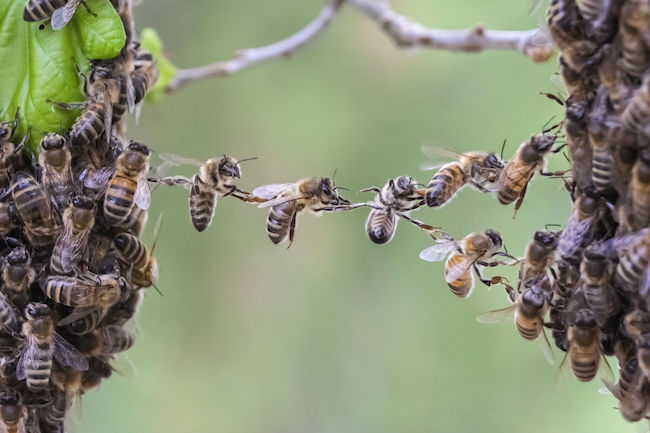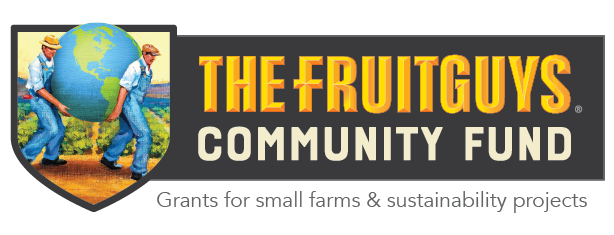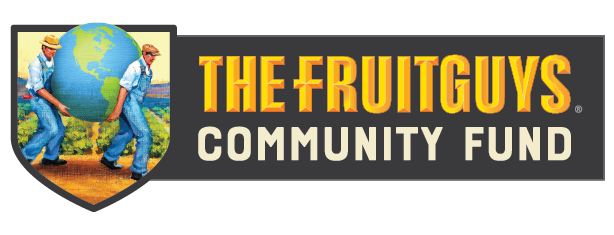
One of our goals at The FruitGuys Community Fund is to support farmers who use ecologically sustainable farm management practices. We know that small farmers making environmentally conscious choices can have a big impact on their communities. However, these vital impacts are not simply up to the farmers. If you’d like to do some un-bee-lievable good in the garden this year, consider making an effort to support bees and other pollinators. They are vital to life as we know it, and according to the U.S. Forest Service, over 80% of plants require pollinators to survive. If you’re ready to help, here are six simple ways that you can help save the bees this year.
1. Avoid pesticides
One of the major causes of pollinator and insect decline is widespread pesticide use. Even pesticides that are certified organic can harm more than just the intended target. Instead, try using techniques like crop rotation, companion planting, or even row cover. By avoiding the use of pesticide products on your lawn and in your garden, and encouraging your neighbors to do the same, you can keep your area bee-friendly.
2. Plant a pollinator garden
When planting with bees in mind, you want to ensure you grow flowers full of nectar and pollen and include those with different bloom times. This ensures that bees have food throughout the entire season. Below are just a few of the many options:
- Lavender
- Sunflowers
- Bachelor’s Buttons
- Daisies
- Rosemary
- Mint
- Thyme
- Sage
- Yarrow
- Cosmos
- Asters

3. Don’t forget native varieties
There are many plant species native to the United States that are just as beautiful and productive as exotic species. Depending on where you’re located, your garden could feature a variety of wildflowers, including coneflower, rudbeckia (black-eyed susans), goldenrod, or monarda (bee balm). You could also incorporate shrubs and trees, like blueberries, spicebush, and red maple. Native bee and butterfly species will appreciate these varieties, which may also be better for the environment than non-natives, as they generally require less maintenance.
4. Practice mindful mowing
While it’s not practical for everyone, leaving at least a small section of your lawn unmowed can help bees and other pollinators survive and succeed. Plant species that grow in your lawn, like clover and dandelion, are a valuable food source for bees. Tall grass also provides a great place for butterfly caterpillars to take refuge, so you’ll help them as well.
5. Provide water
Just like other creatures, bees need water to survive. You can provide pollinator hydration by using shallow trays of water or by creating puddles in your yard. If you’re using a container, make sure it has sloped sides, and consider adding some rocks, which provide the bees with easy access. Also, be sure to change the water often, keeping it clean and free of mosquito larvae.
6. Buy local honey
Even if you don’t have space or time to implement these other tips, you can still do your part to help the bees. Next time you shop, be sure to find honey from a local source. You’ll keep your money in your community and help your local pollinators as well.
No matter where you live, or the size of your lawn or garden, you can help support bees and other pollinators. Please consider trying a couple of these tips this year. We can all make a difference in the lives of the pollinators we can’t live without.
Jordan Charbonneau is an organic farmer and writer from West Virginia. She holds degrees in ecology and environmental humanities from Sterling College in Vermont.




